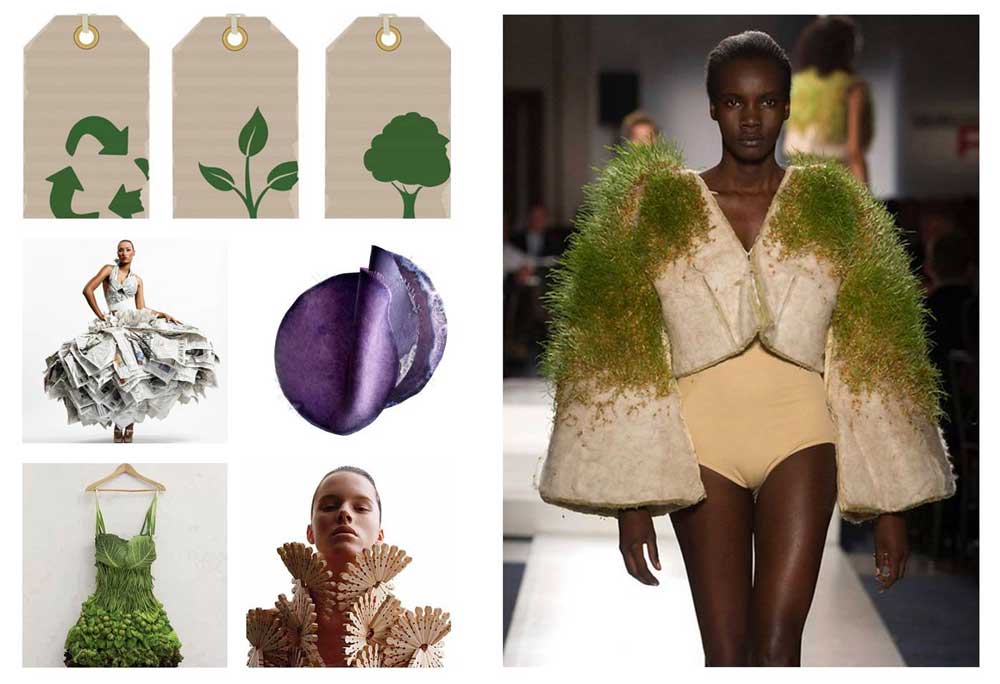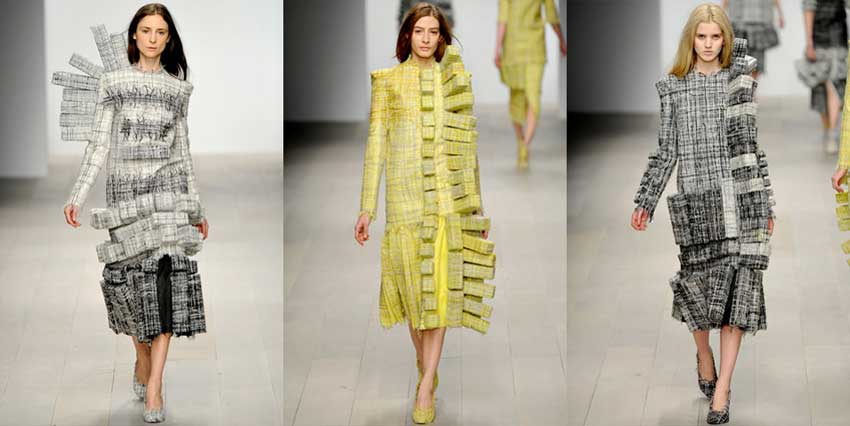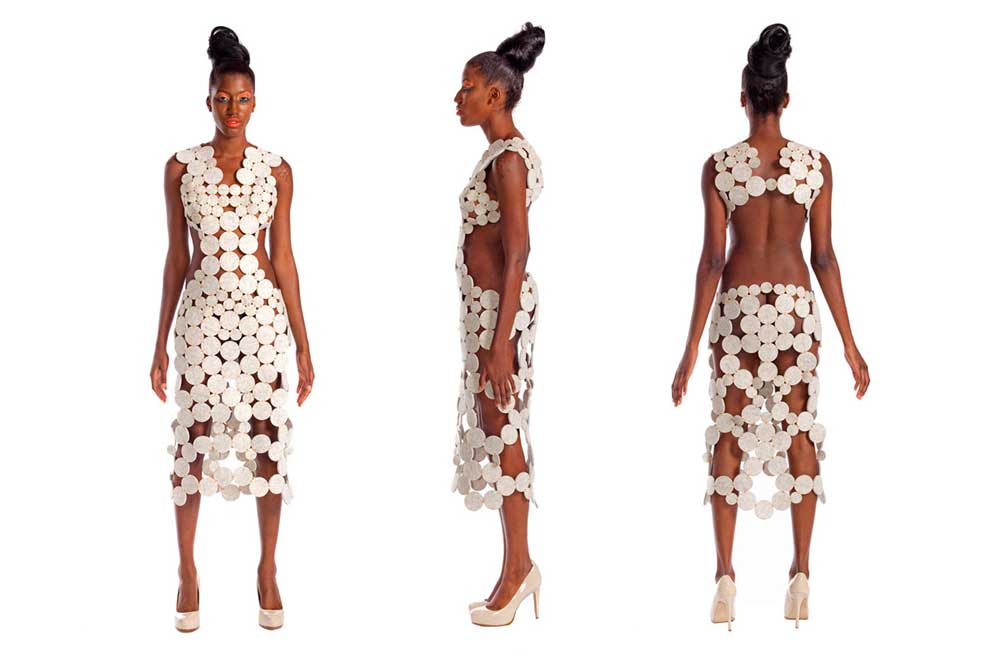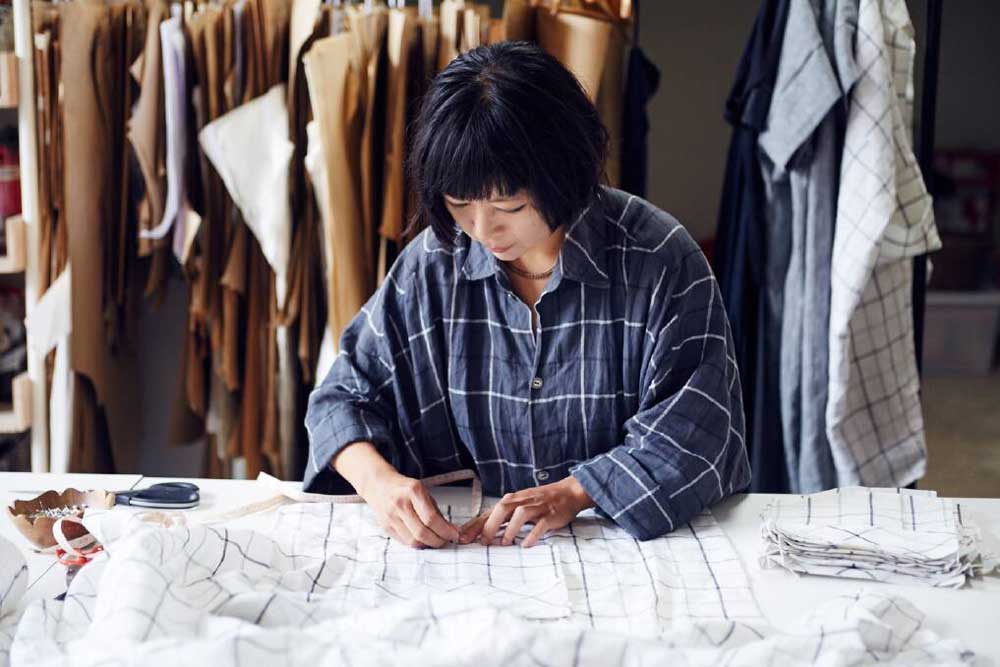Zero-Waste Fashion Design: Changing the Fashion Industry

The fashion industry has long been criticized for its environmental impact. Fast fashion, characterized by mass production, cheap materials, and rapid turnaround, has led to significant waste, pollution, and depletion of natural resources. As the global demand for more sustainable practices in all industries continues to grow, the fashion world has begun to respond with innovative solutions.
One of the most groundbreaking movements within this shift is zero-waste fashion design, a concept that seeks to eliminate textile waste by creating garments in a way that leaves no fabric scraps behind. This sustainable design approach is not just about recycling or reusing materials—it’s about redesigning the entire fashion production process to be more mindful of its environmental impact. In this blog post, we’ll explore how zero-waste fashion is changing the way clothes are made and its role in creating a more sustainable future for the fashion industry.
What is Zero-Waste Fashion Design?
Zero-waste fashion design is an innovative approach to garment creation that aims to eliminate fabric waste from the very beginning of the design process. Traditionally, fabric waste is an inevitable byproduct of clothing manufacturing, as patterns and shapes are cut from large rolls of fabric, leaving behind leftover scraps. Zero-waste designers, however, rethink the pattern-making process, ensuring that all fabric is used and nothing goes to waste.
This approach can be implemented in two main ways:
- Zero-Waste Pattern Making: Designers create garments with patterns that are carefully planned so that the fabric is used as efficiently as possible, leaving little to no waste.
- Repurposing Scraps: Some zero-waste designers use leftover fabric scraps from production to create additional elements of the garment or entirely new pieces.
Zero-waste fashion design can be applied to everything from high fashion to streetwear, and its principles have sparked new discussions about the relationship between fashion and sustainability.
The Principles Behind Zero-Waste Fashion
The core principles of zero-waste fashion design include:
- Efficiency in Material Use: The primary goal is to minimize waste by designing garments that use every part of the fabric roll.
- Sustainable Production: Zero-waste designers focus on reducing the environmental impact of production processes, from the choice of materials to the way garments are manufactured.
- Timeless, Quality Garments: Zero-waste fashion tends to focus on creating long-lasting garments that are made to withstand trends, encouraging consumers to buy less and invest in pieces that will last.
- Circularity: Some zero-waste fashion designers incorporate circular economy principles into their designs, ensuring that garments can be reused or recycled at the end of their life cycle.
By adopting these principles, designers can create pieces that have a minimal environmental footprint while maintaining high standards of creativity, craftsmanship, and style.
Innovative Designers Leading the Zero-Waste Movement
Several designers have been at the forefront of the zero-waste fashion movement, pushing boundaries and inspiring the industry to adopt more sustainable practices. Some of the most notable names include:
- Suzanne Lee: A pioneer of biodesign, Lee is known for her work in creating fashion from living organisms like bacteria, combining sustainability with innovation.
- Timo Rissanen: One of the leading experts in zero-waste fashion, Rissanen is known for his zero-waste pattern-making techniques, which involve designing garments from the smallest fabric scraps possible.
- Ellen MacArthur Foundation: While not a designer, the Ellen MacArthur Foundation has played a crucial role in spreading awareness about circular fashion and zero-waste initiatives, encouraging the industry to embrace more sustainable practices.
- Issey Miyake: The iconic Japanese designer has been experimenting with sustainable design techniques for years, including the creation of zero-waste garments using advanced pleating techniques.
These designers have shown that sustainability and creativity can coexist, and their work is helping redefine what it means to design for the future.
The Benefits of Zero-Waste Fashion
Zero-waste fashion has a number of benefits, both for the environment and the fashion industry:
- Reduction of Textile Waste: By using every part of the fabric, zero-waste design significantly reduces the amount of waste generated during the production process.
- Conservation of Resources: With zero-waste fashion, designers are able to make the most of the resources already available, reducing the need to constantly extract new materials from the environment.
- Lower Carbon Footprint: Sustainable practices in fashion, such as zero-waste design, lead to a reduction in the carbon footprint associated with manufacturing and transporting clothing.
- Encouragement of Circular Economy: Zero-waste fashion promotes a model where materials and products are used, reused, and repurposed, contributing to a more sustainable, circular fashion system.
- Increased Creativity: Zero-waste design challenges designers to think outside the box, encouraging creative problem-solving and the exploration of new materials and techniques.
Challenges and Limitations of Zero-Waste Fashion
While zero-waste fashion offers numerous benefits, there are also challenges that need to be addressed:
- Time and Labor Intensive: Designing and producing zero-waste garments can be time-consuming and require a high level of skill. The pattern-making process is often more intricate than traditional methods.
- Higher Costs: Due to the attention to detail and craftsmanship required, zero-waste fashion can be more expensive to produce, making it less accessible to all consumers.
- Limited Scale: Although the zero-waste movement is growing, it is still not widespread in the fashion industry. The transition to large-scale zero-waste production is complicated by the fast-paced nature of the fashion supply chain.
- Consumer Awareness: There is still a lack of widespread consumer understanding about sustainable fashion and zero-waste principles, which may hinder adoption.
Despite these challenges, the growing demand for eco-conscious fashion and the increasing pressure on the industry to embrace sustainability mean that zero-waste fashion is poised to continue its growth.
The Future of Zero-Waste Fashion
The future of zero-waste fashion looks promising, with increasing interest from designers, consumers, and brands. Here are some trends that could shape the future of zero-waste fashion:
- Mainstream Adoption: As sustainability becomes more important to consumers, it is likely that zero-waste fashion will become more mainstream. More designers and brands will incorporate zero-waste principles into their collections.
- Technological Innovation: Advancements in technology, such as 3D printing, laser cutting, and AI-assisted design, may allow for more precise and efficient zero-waste garment production.
- Consumer Demand for Sustainability: As consumers become more eco-conscious, the demand for sustainable and zero-waste products will drive brands to focus on environmentally responsible design practices.
- Circular Fashion: The future of zero-waste fashion will likely be closely aligned with the circular economy, where materials are reused, recycled, and remade into new products, further reducing waste.
Zero-waste fashion holds the potential to fundamentally change how clothing is produced, consumed, and discarded, making it an exciting aspect of the future of fashion.
Conclusion: How Zero-Waste Fashion is Shaping the Industry
Zero-waste fashion design is not just a trend—it is a fundamental shift in how the fashion industry thinks about production, consumption, and sustainability. By eliminating waste and prioritizing the efficient use of materials, zero-waste designers are creating a more sustainable, environmentally conscious future for fashion.
As more brands and consumers embrace the principles of zero-waste design, the fashion industry will continue to evolve, creating a world where style and sustainability can coexist harmoniously.
9. References
- Lichtenstein, N. (2016) Zero-Waste Fashion Design: The Evolution of Sustainable Fashion. New York: Sustainable Fashion Press.
- Smith, R. (2018) Revolutionizing Fashion: The Role of Zero-Waste Design. London: Green Fashion Publications.
- Thompson, K. (2017) The Future of Fashion: Sustainability and Zero-Waste Practices. Chicago: Design Archive Press.
- Johnson, L. (2020) Sustainable Fashion: How Zero-Waste Design is Changing the Industry. San Francisco: Eco Design Media.






